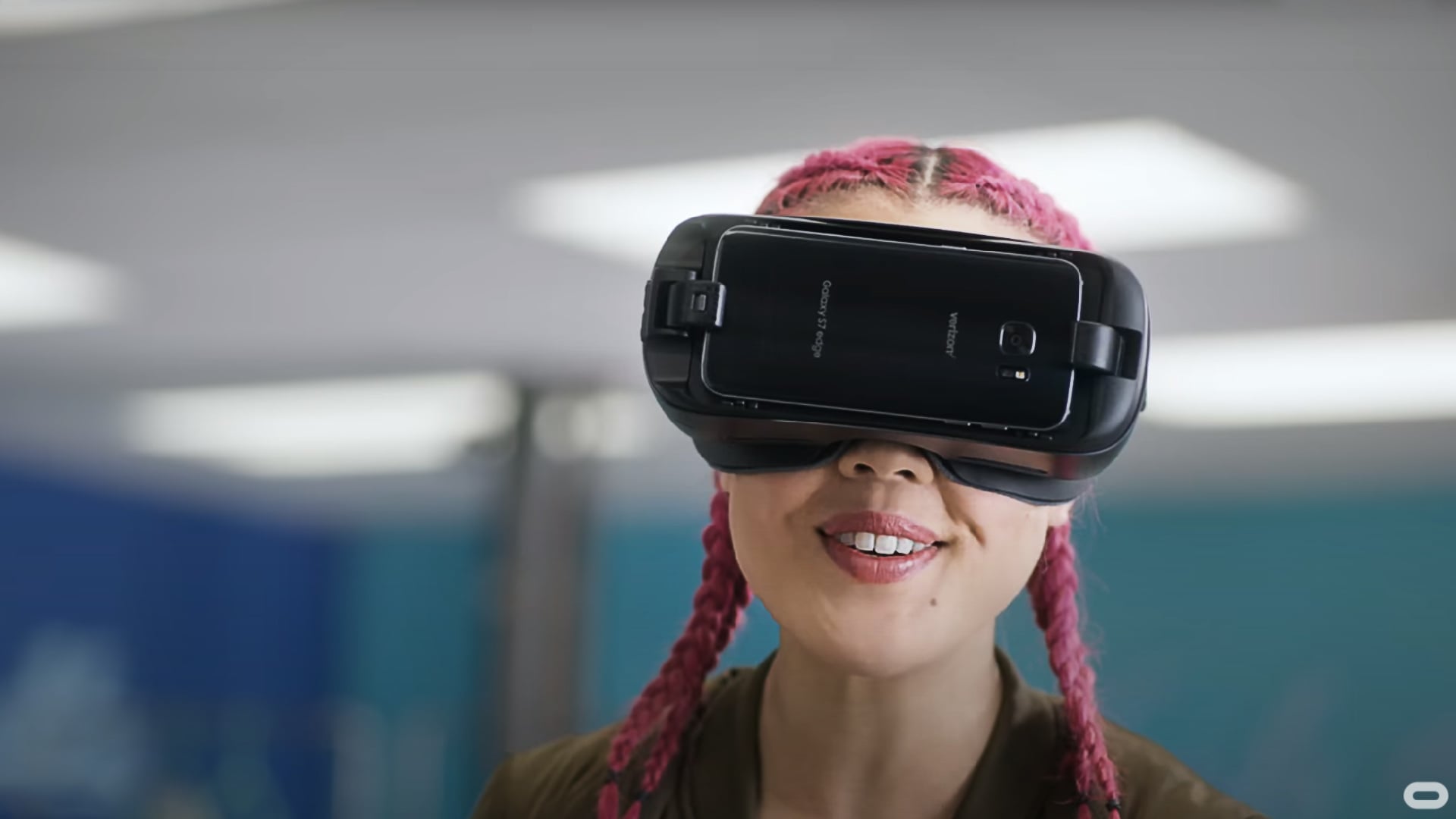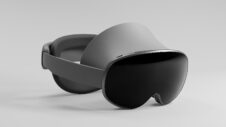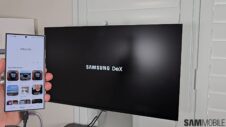Samsung has been working on a new mixed reality (XR) headset for at least a year. The company confirmed its intentions to build “the next XR experience” during the first Unpacked event of 2023 more than a year ago, and the final product might go on sale before the end of 2024. Launching a new product line always sounds exciting, but then again, it almost seems like Samsung is preparing to join an already-failed market segment.
The virtual reality idea is nothing new. For decades, everyone's been waiting for VR to happen, but whenever it did, it kept failing to gain mass appeal. Manufacturers thought augmented reality and mixed reality could be the answer to success, and Apple followed the same logic with its first mixed-reality headset, the Vision Pro.
Yet, despite Apple's brand power, the Vision Pro doesn't seem to be doing as well as everyone hoped. We seem to be in a state of perpetual deja vu, in which every new VR and AR solution that comes out keeps failing to really get the concept of an enhanced reality off the ground.
Is Samsung planning to join a failing segment?
Apple was supposed to revitalize the XR headset market with its Vision Pro, but it doesn't look like the company managed to work its magic this time. According to a new report citing analyst Ming-Chi Kuo (via Forbes), Apple has reduced its yearly forecast for the Vision Pro from 800,000 to around 400,000-450,000 units.
In addition, the analyst believes Apple shelved its plans to release another Vision Pro model in 2025. The company may have already decided that the Vision Pro is a commercially failed experiment.
As for other brands, Sony no longer manufactures the PSVR2 headset as nobody's buying enough units. And one of the most popular XR solutions, Meta Quest, can't keep users engaged after they purchase the headset and get over the honeymoon period.
VR and AR headset manufacturers have been at it for years, yet they've failed to truly popularize these technologies and push them into the mainstream. People quickly get over VR and AR once the wow factor is gone, and even Apple appears to have failed to bring this technology into the mainstream.
And now, Samsung is preparing to join the XR segment with its own solution. It almost feels like the company is planning to fail, but then again, there's not much else Samsung can do. XR may one day break into the mainstream, and Samsung will want to stay competitive early on and become one of the early contributors to the tech.
Why have VR and AR not caught on yet?
We could endlessly speculate about why VR/XR headsets keep failing to become a mainstream product, but the way I see it, they all underestimate just how important comfort and ease of use are for people.
XR headsets might be stuck in an endless loop of contradictions. They aim to immerse users into virtual or augmented reality, but the actual realities of the headsets themselves are impossible to ignore.
VR/XR headsets are not comfortable to use and come with a lot of caveats. They cause eyestrain over long use periods; people who wear prescription glasses need prescription VR/XR lenses; headsets don't offer a shared experience with other people around you; headsets can make your face look like you've been wearing scuba diving goggles; they have a narrow field of vision and usually poor peripheral vision quality; for most headsets, everything but the center of the image looks blurry; and all in all, XR headsets are just an inferior substitute to your own senses and eyesight. Battery life for portable units is also abysmal.
Once you get over the wow factor of having some AR objects floating around you or interacting with your environment, you start seeing all the downsides mention above, and they're impossible to ignore. In the end, XR users realize that any other computer they could be using, from smartphones to desktops, is way easier and more comfortable to use and comes with fewer caveats and headaches.
I believe this type of Augmented Reality technology will never go mainstream in its current form. People will always pick the comfort and convenience of a TV screen, a smartphone, a laptop or PC, or a tablet, over all the inconveniences and hurdles XR headsets come with.
Game developers who tried to create VR experiences in the 90s failed to break into the mainstream for similar reasons. In the end, people found it more comfortable and enjoyable to pick up a game controller and play games on their TVs than to deal with performance issues, bulky contraptions strapped to their heads, eyestrain, and many other downsides.
Until XR tech becomes as seamless and comfortable as regular prescription or sunglasses, XR will remain a market for enthusiasts with enough disposable income and a willingness to stay on the cutting edge of prototype-level technologies.
But I highly doubt these headsets will become more than what they already are. They come with too many downsides and discomforts that will always prevent users from truly feeling like they're “augmenting” their realities. Right now, using XR headsets ends up feeling more like hindering one's perception of reality. Their issues can be ignored initially during the honeymoon period, but those discomforts will always slowly become a part of the main experience and push people away.
In conclusion, perhaps Samsung isn't about to join a failing market, but it's not going to reshape anything or make XR its new growth vector alongside foldable phones and smart wearable devices. Samsung will merely keep up with other OEMs who all hope that XR will one day evolve into something much greater. But until that happens, it does look like the XR market is more of a dead-end than anything else.



